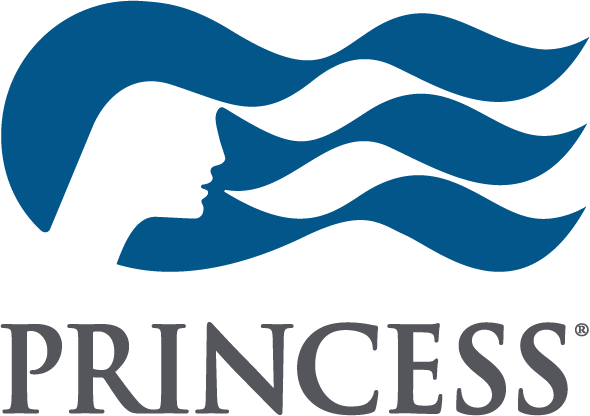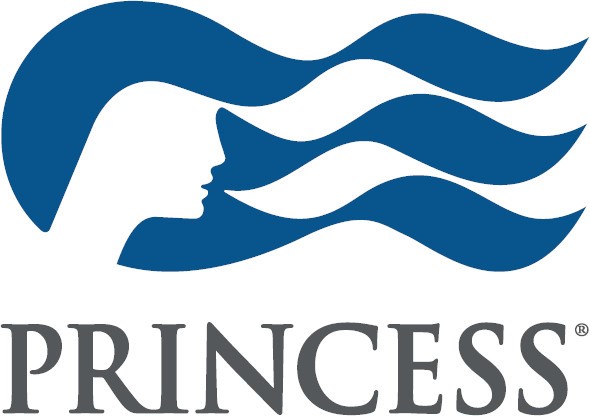AIDA cares 2018: Growth with Responsibility
In its Sustainability Report AIDA cares 2018, the cruise company publishes current facts and figures on the status of its environmental and sustainability commitment and provides an outlook on further projects
"It is AIDA Cruises' declared goal to reduce the entire fleet's emissions to the minimum. We support the Paris and International Maritime Organisation climate targets and invest millions of euros every year in the development and practical implementation of new and efficient environmental technologies aboard our ships," said Felix Eichhorn, President AIDA Cruises, on the occasion of the presentation of the current Sustainability Report AIDA cares 2018.
AIDA Cruises is conscious of its responsibilities and has been doing pioneering work for years in the areas of developing alternative methods of propulsion. The company invested in liquefied natural gas (LNG) as a propulsion technology before it ever became a major issue in the industry. This strategy is paying off: In 2023 more than half of all AIDA Cruises' guests will be traveling on cruise ships that are powered either partially or entirely with low-emission LNG.
New methods of generating energy such as power-to-gas have the potential to enable LNG production entirely without CO2, bringing us another step closer to climate-neutral cruising. AIDA Cruises supports various projects conducting research in these areas. In 2022 AIDA Cruises plans to test the use of batteries as an energy source in ship operation for the first time on a ship in its fleet.
LNG currently in use during port operations with dual-fuel engines
In 2011, AIDA Cruises was the first cruise company to opt for low-emission LNG as it commissioned the building of AIDAprima and AIDAperla. Thanks to a dual-fuel engine on board, both of these ships can produce low-emission power from LNG while in port – an average of 40 percent of their operating time. To achieve this, shoreside provision of LNG is required in the respective port. The emission of particulates and sulfur oxides is almost entirely avoided and emissions of nitrous oxides and CO2 are decreased sustainably.
In early 2016 AIDA Cruises first proved the practicability of this innovative technology with AIDAprima. On May 7, 2016, the world's first LNG operation of a cruise ship took place on the occasion of the christening in Hamburg.
At present LNG can be made available in the ports of Hamburg (Germany), Rotterdam (Netherlands), Le Havre (France), Southampton (UK), Zeebrugge (Belgium), Funchal (Madeira/Portugal), and Barcelona (Spain). In other ports of the Mediterranean, such as Marseille (France) or Civitavecchia (Italy), LNG operation is scheduled to open in 2018.
Talks are also being held with the ports of Palma de Mallorca (Spain) and Kiel (Germany).
First fully LNG-operated cruise ship in 2018
In November 2018, AIDA Cruises will commission AIDAnova – the world's first cruise ship that can be powered entirely with low-emission LNG both in port and at sea. By 2023, two more AIDA ships of this new generation will follow, which will be built at the Meyer Werft shipyard in Papenburg (Germany).
Of all the fossil fuels available, LNG is currently the most environmentally-friendly option for reducing emissions that can be used in practice. Together with partners from the worlds of research, science and business, the company has been doing pioneering work for many years in the area of research into and the use of alternative propulsion technologies and state-of-the-art environmental technology and continues to pursue this path consistently. Apart from researching the possibilities of CO2-free production of LNG from renewable sources we are, for example, currently exploring the use of fuel cells or batteries.
2020 every AIDA ship fitted for shoreside power /
9 out of 12 ships in the AIDA fleet currently fitted with shoreside power connection
Today, nine out of the AIDA fleet's 12 ships are already fitted with or are technically prepared for a shoreside power connection.
At present, Hamburg is the only port in Germany that can provide shoreside power. Following the successful conclusion of the trial phase in 2016, since April 2017 AIDAsol has been supplied in Hamburg-Altona with green power via a shoreside power plant. Shutting down the main engines of the ship during docking times (about 40 percent of the operating time of a cruise ship) reduces emissions to virtually zero. In 2018 AIDAsol is due to make 22 calls at the Port of Hamburg-Altona.
Apart from AIDAsol, AIDAprima and AIDAperla are also fitted with shoreside power connections. Two more ships (AIDAbella and AIDAluna) will be fully equipped by the end of 2018 and four vessels of the AIDA fleet are already technically prepared for shoreside power (AIDAdiva, AIDAblu, AIDAmar, AIDAstella).
In April 2018, AIDA Cruises entered into a modernization partnership with the Port of Kiel, the City of Kiel and the state government of Schleswig-Holstein to build up a shoreside power infrastructure in the Port of Kiel from 2019. Corresponding talks are also being held with the Port of Rostock with the aim of making shoreside power and LNG supply available there.
AIDA Cruises' declared goal is to fully equip all ships with a shoreside power connection by 2020.
The decisive factor for the use of shoreside power is that it is produced in a more environmentally friendly manner on land. Shoreside power makes a contribution to environmental protection if it is green electricity from renewable energies.
8 out of 12 ships of the AIDA fleet are fitted with an exhaust gas cleaning system today – planned completion of retrofitting program by 2020
For all AIDA ships that cannot be fully operated with LNG, exhaust gas cleaning systems are currently the most environmentally-friendly alternative that can be used in ship operations. In 2013, as part of a comprehensive investment program, the company began retrofitting exhaust gas cleaning systems on the ships of its existing fleet.
8 of the AIDA fleet's 12 ships are currently fitted with modern exhaust gas cleaning technology: AIDAprima, AIDAperla, AIDAdiva, AIDAluna, AIDAmar and AIDAvita, as well as AIDAblu and AIDAbella (commissioning in 2018).
Apart from an exhaust desulfurization unit, the exhaust gas cleaning systems on board our two new-builds, AIDAprima and AIDAperla, also feature an SCR catalytic converter and a particulate filter. These are test systems currently in trial operation.
AIDA Cruises is successfully deploying it exhaust gas cleaning technology in its global travel destinations, with the exception of a few ports where the permission to operate is still pending.
AIDAsol will be the next ship in the AIDA fleet to be fitted with an exhaust gas cleaning system at the end of 2018. AIDA Cruises has set itself the goal of fitting all ships of the existing fleet built after 2000, which cannot be fully operated with LNG, with appropriate systems by 2020.
Further measures to increase energy efficiency (examples)
For AIDA Cruises, the best ton of fuel is the one that is not consumed at all.
Today, the fleet's consumption is already significantly below the industry average. Thanks to numerous measures to increase energy efficiency, in recent years AIDA Cruises has reduced fuel consumption on board its fleet by more than one third per person per day. This means that an AIDA cruise ship today now consumes an average of only three liters of fuel per person for a journey of 100 kilometers. This was achieved with a number of measures including:
Optimized route management: Optimizing our routes by adjusting schedules, laytimes and the speed profiles of our ships.
Improved hydrodynamics: New ship design to reduce friction resistance.
Modern ventilation systems and waste heat recovery reduce energy consumption in staterooms by 20 percent.
Optimized lighting management (including the use of LED lamps) means around 30 percent less energy is required for lighting.
Apart from the propulsion engines, air-conditioning is the biggest consumer of energy on board. By using absorption refrigerators, surplus waste heat is transformed into cooling for the air-conditioning systems.
On board all ships of the AIDA fleet we use ABB's innovative energy monitoring and management system EMMA to support efficient ship operation.
Since 2007, AIDA Cruises has documented
its commitment to the environment and society in a transparent manner in its
annual Sustainability Report AIDA cares, which also contains all relevant
environmental figures.
AIDA Cruises has published further information on its commitment to the environment and sustainability in the current Sustainability Report AIDA cares 2018 at www.aida.de/aidacares.
Rostock, July 31, 2018


















